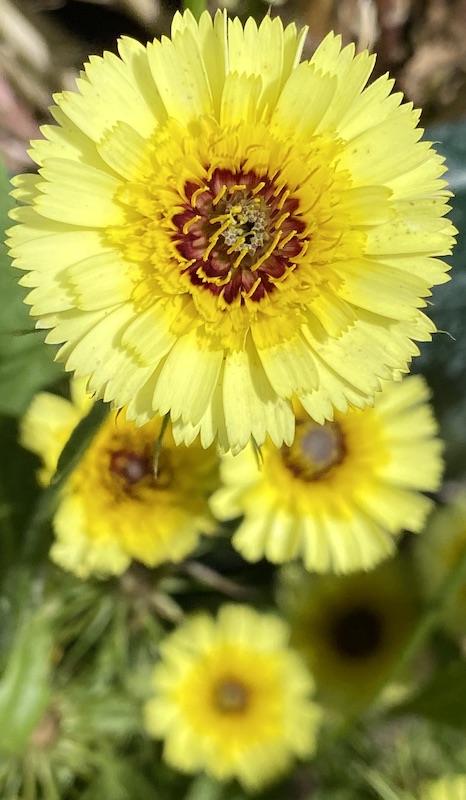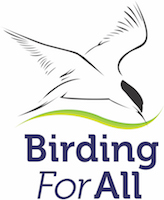I am a passionate advocate of wilding, whether it be great estates like the 3,500-acre Knepp in Sussex or Scotland’s 23,000-acre Alladale. I am extremely keen on the local re-wildling of two square miles at West Blean Wood near Canterbury using European Bison and wild Boar.

©Michael Gäbler Creative Commons
On a smaller scale the case for re-introducing Beaver was established at the much smaller Ham Fen also here in Kent. But even Scotland’s massive estate cannot compare to the acreage literally in our own back yards. If we can make them all chemical free and wildlife friendly we could reverse the decline in biodiversity which could be the death of us all!
My tiny yard is a magnate for bees, hoverflies and other insects because I am surrounded by housing much of which sport concreted front gardens that make car parks and backyards with decking, paved patios and the rest. Twenty years without ever using pesticides and herbicides makes my damp, dark corners places for frogs to hide. I rarely water or weed without coming across one. Not that I am doing much weeding, except to remove invasives that are not much use to the bugs. This year I am starting to introduce more native plants.

Purple Loosestrife Lythrum salicaria
There are a great many wildflowers and herbs that we think of as wild than, in fact are not native. many are widespread ‘weeds’ introduced centuries ago, particularly those used in traditional medicine. The one below is native to southern Europe but is still great for pollinating insects.

Umbrella Milkwort Tolpis Barbata





